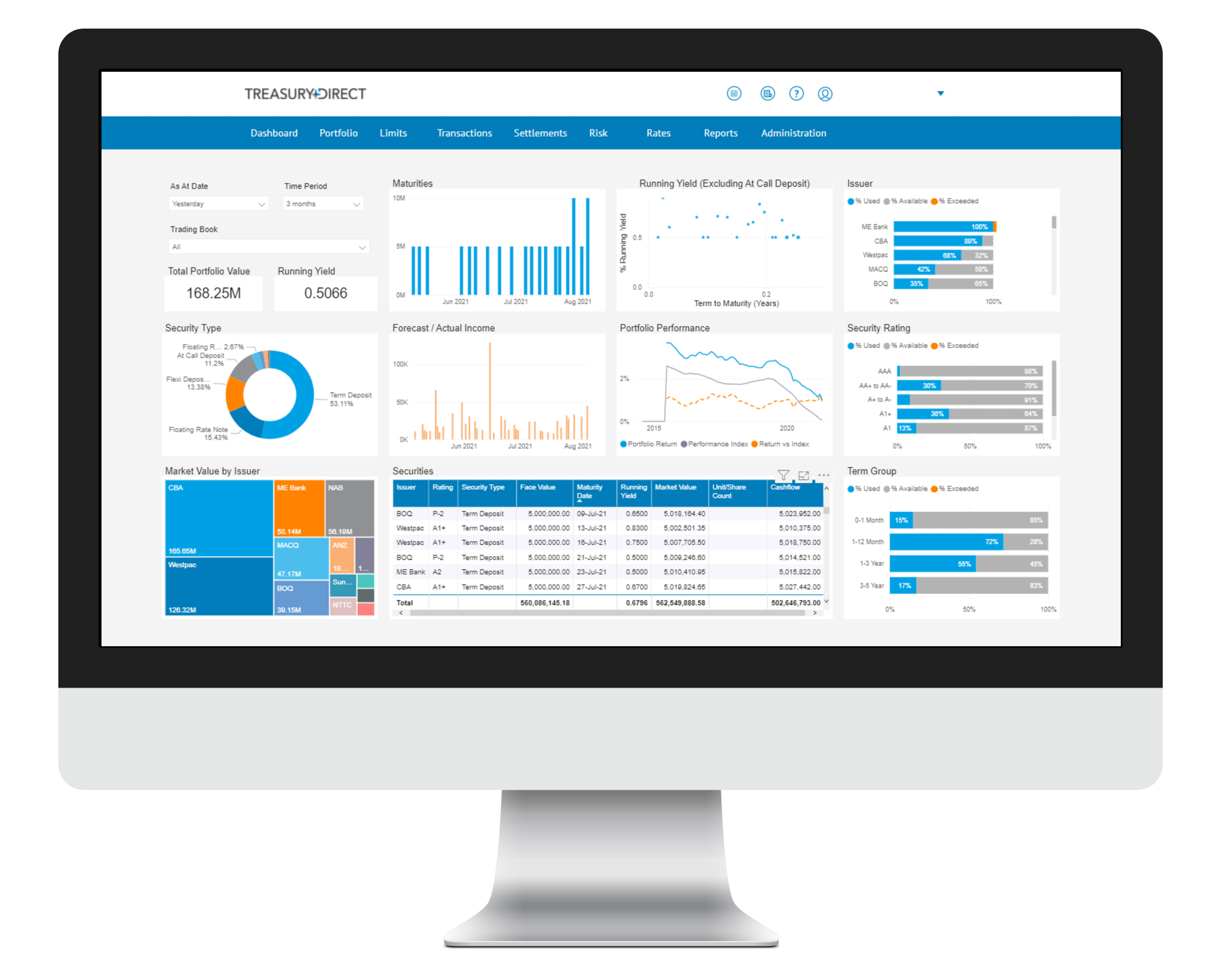Markets Overview
- ASX SPI 200 futures little changed at 8,360.00
- Dow Average up 0.8% to 42,654.74
- Aussie little changed at 0.6410 per US$
- US 10-year yield rose 4.6bps to 4.4770%
- Australia 3-year bond yield fell 6 bps to 3.60%
- Australia 10-year bond yield fell 8 bps to 4.45%
- Gold spot down 1.1% to $3,203.65
- Brent futures up 1.4% to $65.41/bbl
Economic Events
The dollar edged lower and US equity futures slipped in early trading Monday as fiscal concerns mounted over Treasuries and the trajectory of US borrowing.
Moody’s Ratings announced Friday evening that it was stripping the US government of its top credit rating, dropping the country to Aa1 from Aaa. Moody’s, which trailed rivals in downgrading, blamed successive presidents and congressional lawmakers for a ballooning budget deficit it said showed little sign of narrowing.
S&P 500 index futures fell almost 1% in Asian trading after an exchange-traded fund tracking the S&P 500 fell 0.6% post-market on Friday. Contracts for Australian, Hong Kong and mainland Chinese shares also indicated stocks were set to decline at market open. US Treasury futures extended Friday’s decline after the downgrade.
The downgrade risks reinforcing Wall Street’s growing concerns over the US sovereign bond market. While rising yields typically boost a currency, the debt worries may add to skepticism over the dollar with a gauge of greenback strength already close to its April lows.
“The downgrade may indicate that investors will demand higher yields on Treasuries,” said Tracy Chen, a portfolio manager at Brandywine Global Investment Management. While US assets rallied in response to previous US downgrades from Fitch and S&P, “it remains to been seen whether the market reacts differently as the haven nature of Treasury and the US dollar might be somewhat uncertain.”
In Asia, traders will be parsing a Chinese data dump including retail sales and industrial production for an indication on the health of the world’s second largest economy. The Chinese yuan has climbed almost 1% this month while the benchmark Shanghai Shenzhen CSI 300 Index has jumped 3.1%, its best month since September amid a cooling in US-China trade tensions.
“Sentiment towards the Chinese currency has sharply improved in recent weeks thanks to a breakthrough in US-China trade talks” and the data dump is unlikely to materially impact the yuan, Commonwealth Bank of Australia strategists including Joseph Capurso wrote in a note to clients.
In commodities, gold surged on Monday as traders responded to the fresh uncertainty surrounding US economic outlook. Oil slipped.
Moody’s joined Fitch Ratings and S&P Global Ratings in grading the world’s biggest economy below the top, triple-A position. The one-notch cut comes more than a year after Moody’s changed its outlook on the US rating to negative. The credit assessor now has a stable outlook.
“While we recognize the US’ significant economic and financial strengths, we believe these no longer fully counterbalance the decline in fiscal metrics,” Moody’s wrote in a statement.
US Treasury Secretary Scott Bessent downplayed concerns over the US’s government debt and the inflationary impact of tariffs, saying the Trump administration is determined to lower federal spending and grow the economy.
Michael Schumacher and Angelo Manolatos, strategists at Wells Fargo & Co., told clients in a report that they expect “10 year and 30 year Treasury yields to rise another 5-10 basis points in response to the Moody’s downgrade.”
A 10 basis point increase in the 30-year yield would be enough to lift it above 5% to the highest since November 2023 and closer to that year’s peak, when rates reached levels unseen since mid-2007.
European Central Bank President Christine Lagarde said in an interview published with La Tribune Dimanche on Saturday that the dollar’s recent decline against the euro is counterintuitive but reflects “the uncertainty and loss of confidence in US policies among certain segments of the financial markets.”

